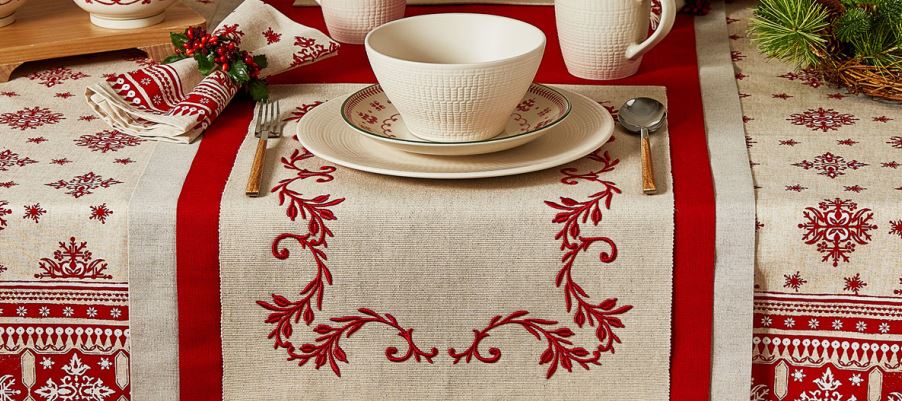
The correct stabilization of the fabric in the process of embroidery is, perhaps, one of the most acute issues.
Professionals in the sphere of machine embroidery know how using stabilizer is important and indispensible. The quality and the face of your embroider definitely depends on choosing the right type of stabilizer.
Embroidery stabilizers divide into backings and toppings.
Backings should be placed under the fabric. They serve to support and stabilize the fabric, prevent from puckering, deformation and stretching, both during embroidery, and after washing or cleaning.
Toppings are special materials placed on the fabric. It is necessary to prevent the stitching in the pile, hinges, fur and other pile materials, loose and knitted fabrics. The most commonly used patches are made on a gelatin basis, and therefore readily soluble in water. We call them wash-away toppings or water-soluble toppings.
From different kinds of backings cutaway stabilizer occupies a specific place. Cutaways are used when it is necessary to stabilize the tightly stretchable fabric and provide constant support for embroidery. It is also needed when you embroider design with many stitches, in order to protect the product from volumetric deformation (undulation, curvature or concavity) even after several washings.
Cutaway is always more voluminous than the tearaway stabilizer. Usually it is a non-woven long-fiber fabric which is based on polyester or viscose. The way the fibers are distributed inside the cutaway stabilizer is also very important. This type is considered the best for stabilizing the embroidery, as it does not add extra volume to the embroidery and is invisible through the fabric.
Recommendations: to add this stabilizer more stability you can sprinkle it with fabric glue stick.
From the cutaway stabilizer the “spunbond” type is also quite popular and widespread. It is a thin, very soft cloth-like material with a wafer structure. American stabilizers are called Poly Mesh or No Show Mesh. They are good because it does not stretch at all, providing constant support, and is not visible through the fabric. It has different densities and colors. This backing is good for embroidery on knitwear.
The most popular cutaway stabilizer among machine embroidery manufactures is Madeira production stabilizers. They are not very cheap but with the high quality, so you`d better use precisely it.
There are three kinds of Madeira`s cutaway stabilizer:
Cut Away Super Strong
Super Strong is the standard stabilizer, which is used for all types of computer machine embroidery. Super Strong stabilizes the embroidery and prevents the fabric from shifting. It is perfect for stabilizing embroidery with a large amount of stitches and for appliqués with many details. It guarantees accurate embroidering of branded logos and emblems. It is a dense nonwoven cloth of white or black color.
Using instructions
Machine embroidery: cut off the necessary amount of Super Strong and place under the fabric on which you will embroider. Put in the embroidery frame: the fabric from the top (picture 1). Then, (picture 2) cut off the excess stabilizer around the embroidery. Remember that you need to keep the stabilizer, but not the fabric (picture 3 and 4).
Embroidery on collars and caps: Super Strong can be used together with aerosol glue for embroidering small items that cannot be filled in the embroidery frame. Fill the stabilizer in the embroidery frame; glue the fabric on which the embroidery will be made using aerosol glue. Then you should cut an extra stabilizer around the embroidery.
Cut Away Super Stable
Super Stable stabilizer is glued with an iron and cut off after embroidering. You can use it when work with all kinds of machine embroidery. The cloth is ironed together with the fabric, thereby fixing it. Super Stable is not deleted after the embroidery. It is suitable for stabilizing embroidery on dense and elastic fabrics, designs with high amount of stitches, patchwork sewing, stabilizing fabrics for backpacks and bags, book covers, decorations, etc.
Using instructions
Machine embroidery: Cut off the Super Stable of the required length. Place the stabilizer on the underside of the fabric with the adhesive side. Press the Super Stable against the fabric (picture 1). The stabilizer begins to stick after 10-15 sec. Fill the fabric with the stabilizer in the hoop (picture 2). After embroidering (picture 3), cut off the excess edges of the stabilizer (picture.4).
Machine application: Super Stable fixes the fabric and improves its advancement. With its help the application becomes more uniform. Press the stabilizer against the wrong side of the fabric on which the appliqué will be performed, as described above. Cut off the excess edges of the stabilizer after the ending of embroidery.
Buttonholes: You can make embroidery buttonholes with Super Stable. Iron this Super Stable to a fabric, as it is described above. Then cut off superfluous edges of the stabilizer.
Bags and textile accessories: Super Stable can be used as padding for bags, backpacks, book covers and other textile projects. To do this, iron the needed side of the fabric Super Stable, as described above.
Cut Away Super Film
Super Film is a special stabilizer, melting at high temperatures, for example, during ironing. It is a transparent perforated film. Super Film is indispensable for embroidering emblems. Design after embroidery can be easily and evenly separated. The main advantage of Super Film is that it can be used when working with fabrics that could not be wetted (velvet, moiré and others). It is perfect for machine embroidery, embroidering lace, embroidering logos and emblems without fabric.
Using instructions
Embroidering logos: cut the stabilizer of Super Film of the required length; tuck it in the hoop. Stabilizer can be applied into one or two layers. If one layer is enough, the smooth side should be on top. When using two layers, fold the stabilizer with a rough side inward. Separate embroidery from the stabilizer; melt the remnants of the film with an iron or ironing press. The temperature of the iron should not be so high. When using ironing press, place the embroidery on for ten – twelve seconds under the press.
Lightweight and elastic fabrics: Cut the required length of Super Film. Then place it under the fabric. Fill the hoop together. After embroidery, gently cut the stabilizer. Remove the residue with an iron.
Remind that from choosing the suitable type of machine embroidery stabilizer the quality of your designs.
You may also like
Embroidery Stabilizers and Fabrics

Author: Ludmila Konovalova
My name is Ludmila Konovalova, and I lead Royal Present Embroidery. Embroidery for me is more than a profession; it is a legacy of my Ukrainian and Bulgarian heritage, where every woman in my family was a virtuoso in cross-stitch and smooth stitching. This art, passed down through generations, is part of my soul and a symbol of national pride.
Date: 02.01.2018
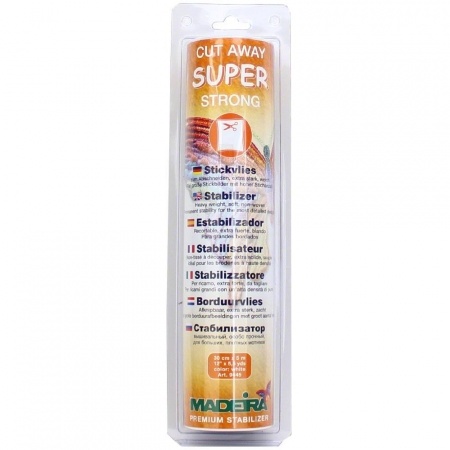
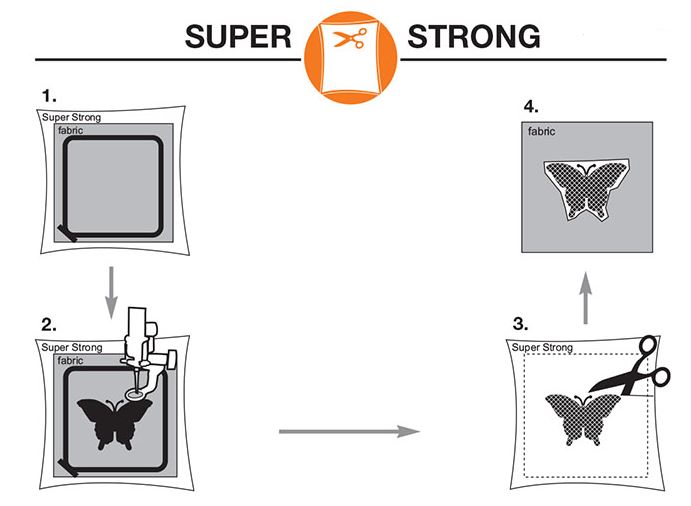


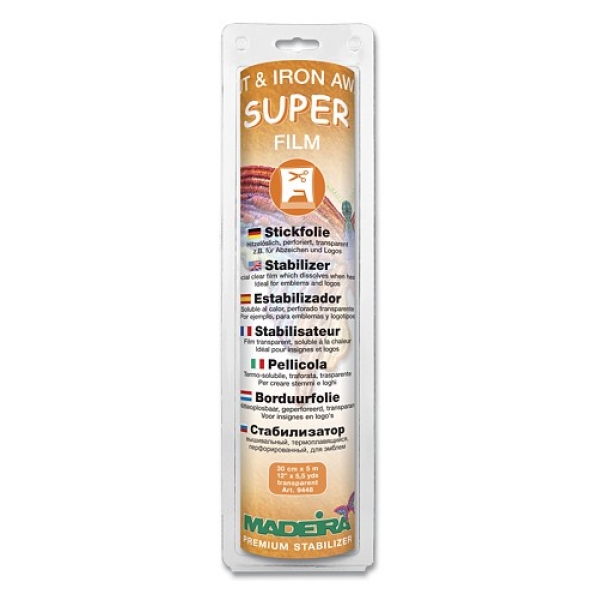
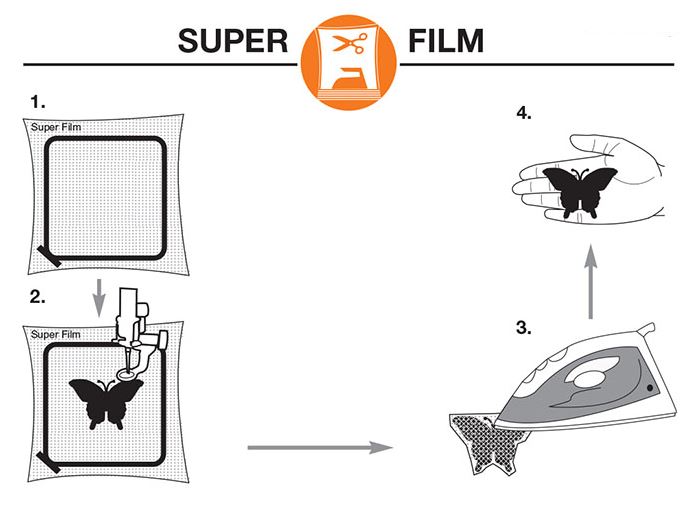

 Get Sign-In Link
Get Sign-In Link Login with Google
Login with Google Login with Facebook
Login with Facebook Login with Amazon
Login with Amazon Login with Paypal
Login with Paypal